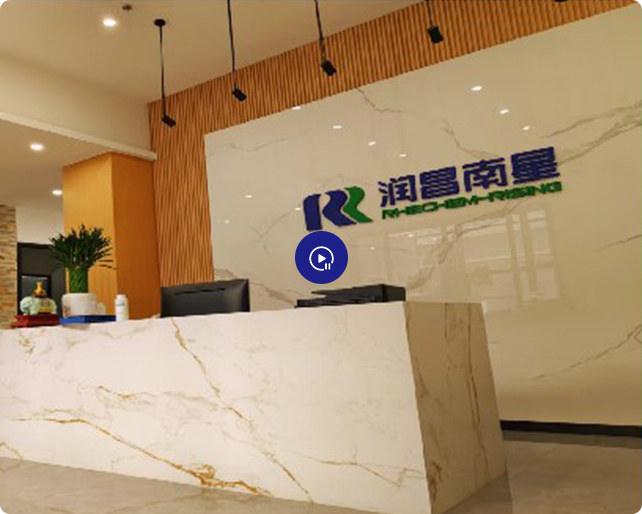Self-Crosslinking APEO-Free Acrylic Copolymer Emulsion
Nov 07, 2025
Redefining Food-Safe Printing for Single-Use Paper Cups with Advanced Polymer Technology
The global packaging industry for single-use paper cups is navigating a complex landscape, driven by escalating consumer demand for convenience, stringent food safety regulations, and an unwavering commitment to environmental sustainability. Conventional printing solutions for cups often involve solvent-based inks or non-crosslinked emulsions, which pose risks of chemical migration, limited resistance to greasy food contents, and environmental concerns due to Volatile Organic Compound (VOC) emissions and the use of alkylphenol ethoxylates (APEOs). In this context, the APEO-Free Self-Crosslinking Acrylic Copolymer Emulsion with Excellent Grease Resistance emerges as a transformative material. This advanced Acrylic Copolymer Emulsion is engineered to integrate intrinsic food safety, superior functional barrier properties, and full environmental compliance. As a cornerstone of modern paper cup printing, it not only ensures the visual appeal and structural integrity of the final product but also aligns with the principles of the circular economy, setting a new benchmark for high-performance, safe food-contact packaging.
Core Performance Advantages of APEO-Free Self-Crosslinking Acrylic Copolymer Emulsion for Paper Cups
1. Superior Grease and Chemical Resistance via Covalent Crosslinking
The defining performance attribute of this Self-Crosslinking Acrylic Copolymer Emulsion is its exceptional resistance to fats, oils, and hot liquids. This is achieved through a meticulously designed self-crosslinking mechanism. During the film-forming and curing process (typically at temperatures of 60-80°C), reactive functional groups within the polymer chains—such as keto-hydrazide, carbodiimide, or silane—undergo an irreversible covalent bonding reaction. This creates a dense, three-dimensional polymer network with a high crosslink density. This network acts as an impermeable barrier, effectively preventing the penetration of greases from common foodstuffs like coffee with cream, dairy products, and fried foods. Testing per ASTM D7225 (Grease Resistance Test for Paper and Paperboard) demonstrates no penetration or stain formation after 24 hours of contact with hot (90°C) corn oil, significantly outperforming non-crosslinked styrene-acrylic alternatives. Furthermore, the coating exhibits excellent resistance to weak acids and alkalis, ensuring cup integrity is maintained when in contact with a variety of beverages.
2. Uncompromising Food Safety and Regulatory Compliance
Formulated to be entirely free of APEOs, heavy metals, and other substances of very high concern (SVHCs), this Acrylic Copolymer Emulsion is designed for the most rigorous food-contact applications. Its compliance is verified against a comprehensive set of global regulations, including:
EU Framework Regulation (EC) No 1935/2004: For overall food contact materials.
EU Regulation No. 10/2011: For plastic materials and articles intended to come into contact with food.
US FDA CFR Title 21 §176.170: Components of paper and paperboard in contact with aqueous and fatty foods.
China GB 9685: Standard for uses of additives in food-contact materials.
Migration tests conducted under standardized conditions (e.g., 10 days at 40°C with isooctane and ethanol as simulants) confirm non-detectable levels of hazardous substance migration, providing brand owners with absolute confidence in product safety.
3. Robust Adhesion and Mechanical Durability for High-Speed Converting
Beyond grease resistance, this acrylic emulsion delivers outstanding adhesion to the porous and challenging surface of paper cup stock. The polymer formulation is optimized to penetrate paper fibers and form a strong mechanical anchor, achieving a cross-cut adhesion rating of 0 (best) on ISO 2409. This strong bond is critical during the downstream cup-forming process, which involves high-stress operations like rim curling and bottom seaming. The flexible yet tough crosslinked film resists cracking, delamination, and powdering, ensuring the integrity of the protective barrier is maintained. Additionally, the coating offers excellent abrasion resistance (Taber Abrasion, CS-10 wheel, 500g load, weight loss < 5mg after 100 cycles), protecting the printed graphics during storage, transportation, and stacking.
4. Excellent Runability and Process Efficiency in Printing
Specifically engineered for flexographic and gravure printing—the dominant processes in high-speed paper cup production—this emulsion ensures stable and efficient press performance. It possesses a well-defined rheological profile for clean dot reproduction, sharp graphics, and high gloss if required. Its mechanical stability prevents foaming and coagulum formation in ink circulation systems, minimizing downtime and waste. The product's fast-drying characteristics (achieving tack-free film in 15-30 seconds at 70-80°C air temperature) are compatible with the high line speeds of modern printing presses, directly contributing to enhanced operational efficiency and reduced manufacturing costs.
Environmental Compliance and Sustainability Profile
This APEO-Free Self-Crosslinking Acrylic Emulsion is a cornerstone of sustainable packaging. Its water-based formulation results in VOC content below 30 g/L, far exceeding the limits of stringent environmental directives and contributing to improved indoor air quality in production facilities. The elimination of APEOs prevents the release of persistent, endocrine-disrupting chemicals into the environment. Critically, the cured coating does not impede the recyclability of the paper fiber in standard repulping processes, as confirmed by INGEDE Method 12. This aligns with Extended Producer Responsibility (EPR) schemes and the goals of a circular economy, allowing brands to market their products as fully recyclable.
Application Expansion Beyond Paper Cup Printing
The applications for this advanced emulsion have expanded significantly beyond its initial design for single-use paper cup printing. Its exceptional versatility—including excellent adhesion, high barrier properties, and strong chemical resistance—makes it an ideal solution for multiple demanding packaging sectors. In food packaging films, it serves as a high-performance topcoat or primer for OPP, PET, and PLA films, specifically used for greasy snacks, confectionery, dry foods, and pet food. It not only significantly enhances the film's hot-seal strength and efficiency but also effectively improves barriers against grease and moisture, extending shelf life. In the paper packaging sector, it provides reliable grease resistance for folding cartons used for frozen foods, delivery pizzas, bakery items, and fast food, fundamentally preventing oil stain penetration that compromises package appearance, while maintaining the carton's structural strength and rigidity in frozen or humid conditions. Furthermore, this emulsion is an ideal coating for paper straws, cup lids, and food containers, ensuring these items maintain their structural integrity without going soggy and continue to provide an effective barrier function during prolonged contact with liquids and fats. Its formulation can even be extended to industrial packaging, such as liners for corrugated boxes, and to meet emerging compostable packaging demands, demonstrating its vast application potential and significant market value.
Formulation and Processing Considerations
1. Molecular Design for Targeted Performance
The emulsion's core performance is rooted in its sophisticated acrylic copolymer architecture. A meticulously calibrated ratio of hard monomers (e.g., Methyl Methacrylate, Styrene) to soft monomers (e.g., Butyl Acrylate, 2-Ethylhexyl Acrylate) provides the optimal blend of hardness, flexibility, and a Glass Transition Temperature (Tg) typically ranging from -10°C to +15°C. This specific Tg range ensures excellent film formation at room temperature while maintaining sufficient rigidity. Self-crosslinking monomers (e.g., N-Methylolacrylamide) are grafted onto the polymer backbone, remaining inert during storage and thus guaranteeing a shelf stability exceeding 12 months. It is only during the subsequent thermal curing stage, when the coating's Peak Metal Temperature (PMT) exceeds 80°C, that these crosslinking sites are activated. This process forms a dense, three-dimensional network, which irreversibly enhances the coating's resistance to water, grease, and blocking, and significantly improves its adhesion to various substrates, such as corona-treated polyolefin films.
2. Industrial Processing Adaptability
The emulsion is designed for user-friendliness, being ready-to-use or easily incorporated into water-based ink formulations. To adapt to different printing processes, its rheology must be tailored accordingly: for gravure printing, a viscosity of 20-40 seconds (DIN4 cup) is recommended; for flexographic printing, rheology modifiers (e.g., urethane-based associative thickeners) can be added to achieve the required low-viscosity, thixotropic flow properties, ensuring excellent anilox roll transfer and leveling. Drying and curing are critical steps that directly determine the final performance. The recommended process involves achieving a Peak Metal Temperature (PMT) of 80-100°C for 1-2 minutes in a tunnel oven. This precise thermal profile ensures efficient water evaporation and fully activates the crosslinking reaction, allowing the coating to develop its optimal barrier properties and mechanical strength. Furthermore, good ventilation in the production environment is advised to manage VOC emissions. Prior to full-scale production, on-machine trials are strongly recommended to fine-tune parameters for perfect compatibility with specific line speeds and tension control systems.
Future Development Trends
The future evolution of this technology is rapidly advancing toward the deep integration of high performance and sustainability, concentrating primarily on two strategic frontiers: In the realm of sustainable materials, development has moved beyond simple bio-based substitution and is now committed to building a comprehensive green industrial chain. By large-scale adoption of bio-based acrylic monomers derived from renewable resources like sugarcane and corn, it aims not only to significantly reduce the product's full lifecycle carbon footprint but also to maintain or even surpass the performance benchmarks of traditional petroleum-based products—such as exceptional weather resistance, adhesion, and mechanical strength—while steadily increasing the bio-based content to over 50%, thereby achieving a synergistic optimization of environmental benefits and product performance. Concurrently, in the field of smart and functional materials, technological innovation is incorporating a series of non-migratory, intelligent additives compliant with stringent global food contact regulations (e.g., long-lasting antimicrobial agents based on silver ions or specific organic compounds, and smart label materials that can indicate product status or extend shelf life) through molecular design and precise compounding technologies. These innovations not only substantially enhance the product's safety, hygiene standards, and shelf life in sensitive applications like food packaging, medical devices, and household appliances but also endow the materials with smart functions such as self-sensing of status and lifespan prediction. This opens up new possibilities for high-value-added applications in downstream industries, ultimately driving the entire sector toward greener, safer, and more intelligent next-generation solutions.
Conclusion
APEO-Free Self-Crosslinking Acrylic Copolymer Emulsion with Excellent Grease Resistance for Printing on Paper Cups represents a paradigm shift in food-safe printing technology. It successfully reconciles the often-conflicting demands of high-performance barrier protection, uncompromising food safety, and environmental responsibility. By eliminating the shortcomings of traditional coatings—such as potential migration, poor grease resistance, and environmental hazards—it empowers paper cup manufacturers and global brands to deliver safe, reliable, and premium-quality products that are fully aligned with 21st-century sustainability imperatives. This emulsion is not merely a coating material; it is an essential enabler for the future of sustainable and high-performance food packaging.

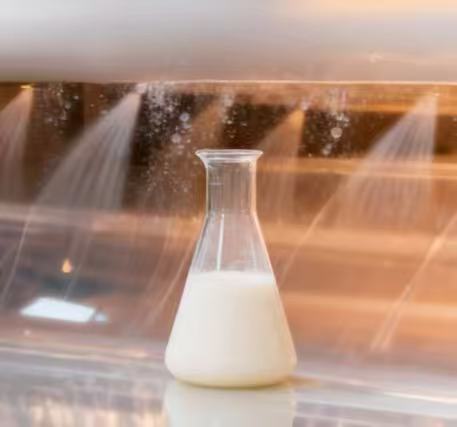
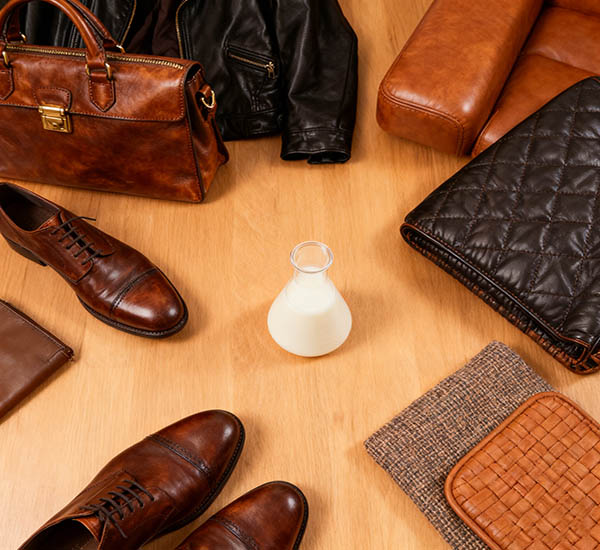
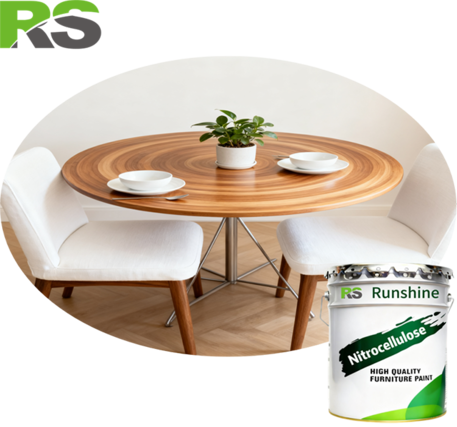
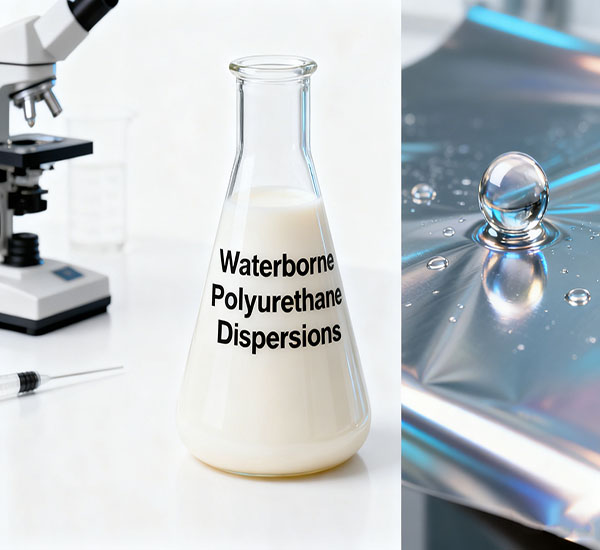
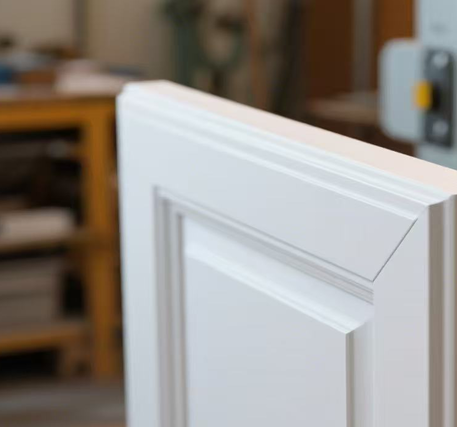


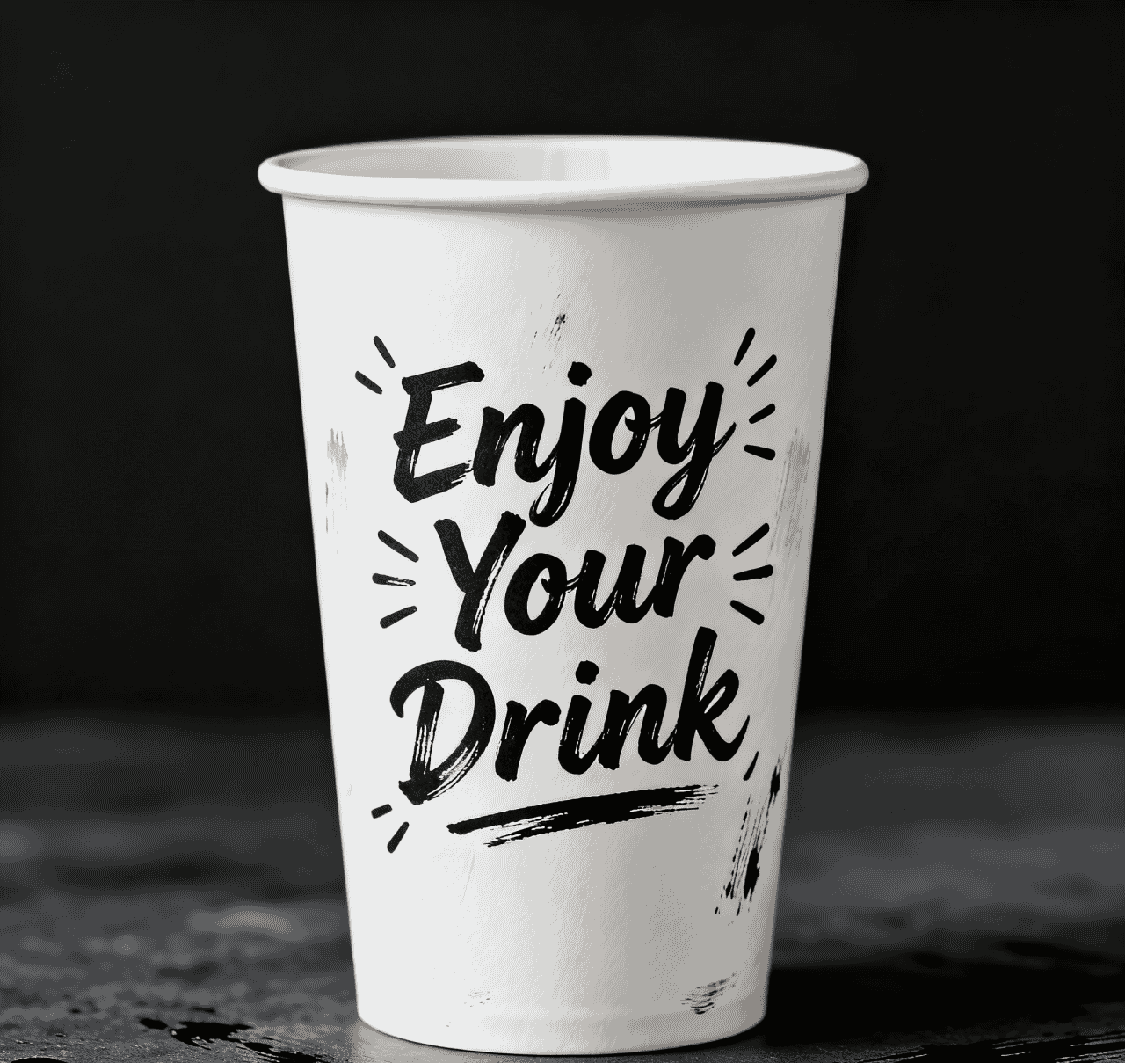
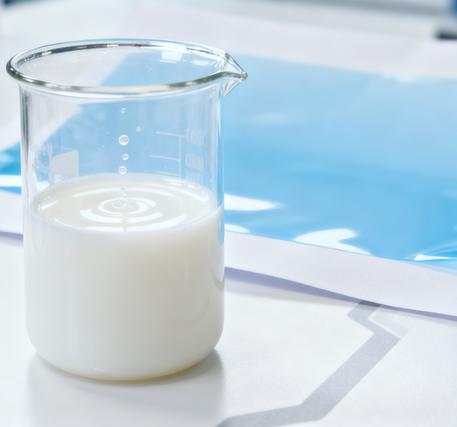
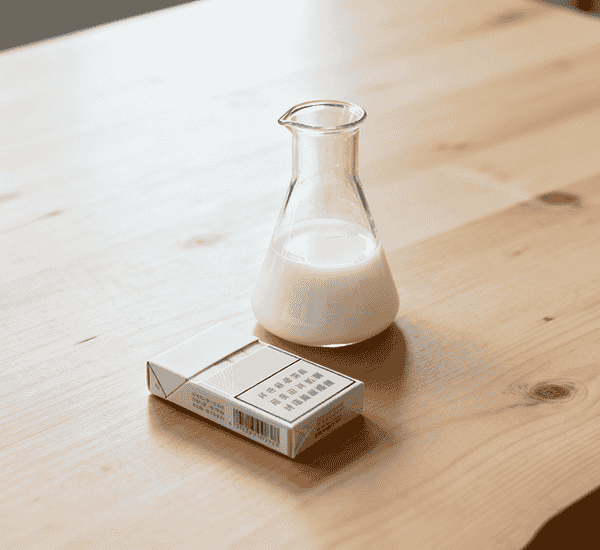
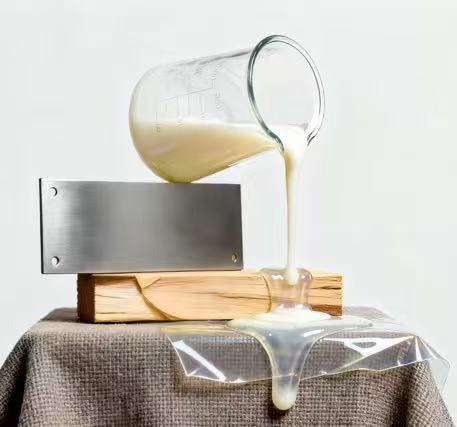



 Network Supported
Network Supported

